
Satellite imagery showing attack helicopter buildup on the Crimean peninsula Maxar Technologies
Satellite Images and Experts Challenge Russian Withdrawal Claims
Photos show attack helicopters, jets, troops moving toward forward positions near Ukraine in the midst of aggressive legislative actions in the Russian assembly.
President Joe Biden said the United States could not confirm Russian claims made on Tuesday that they were moving troops away from the Ukrainian border, instead warning that the threat of an invasion into Ukraine remains possible.
"That would be good, but we have not yet verified that.” In fact, he said, “We have not verified the Russian military units are returning to their home bases. Indeed, our analysts indicate that they remain very much in a threatening position.” Russia still has 150,000 troops “encircling Ukraine,” he said.
As the president publicly committed to continue diplomacy with Russian President Vladimir Putin, analysts say they are skeptical of Moscow’s claims and intentions due to satellites footage over the past 48 hours, recent actions from the Russian assembly, and Tuesday’s denial of service attacks aimed at Ukrainian banks, defense and other targets.
Maxar satellite photos released to the public on Monday evening showed military equipment and personnel moving nearer to Ukraine. “Significant new activity includes the arrival of several large deployments of troop and attack helicopters, new deployments of ground attack aircraft and fighter-bomber jets to forward locations, the departure of multiple ground forces units from existing garrisons along with other combat units seen in convoy formation,” Maxar said in a statement. Specifically, the photos show a new attack helicopter group near Lake Donuzlaz on the annexed Crimean peninsula, a new SU-34 deployment near Primorsko-akhtarsk across the Azov Sea from Russia, tent troop housing near the Russian city of Yelnya about 155 miles from the Ukraine border; among other indicators.
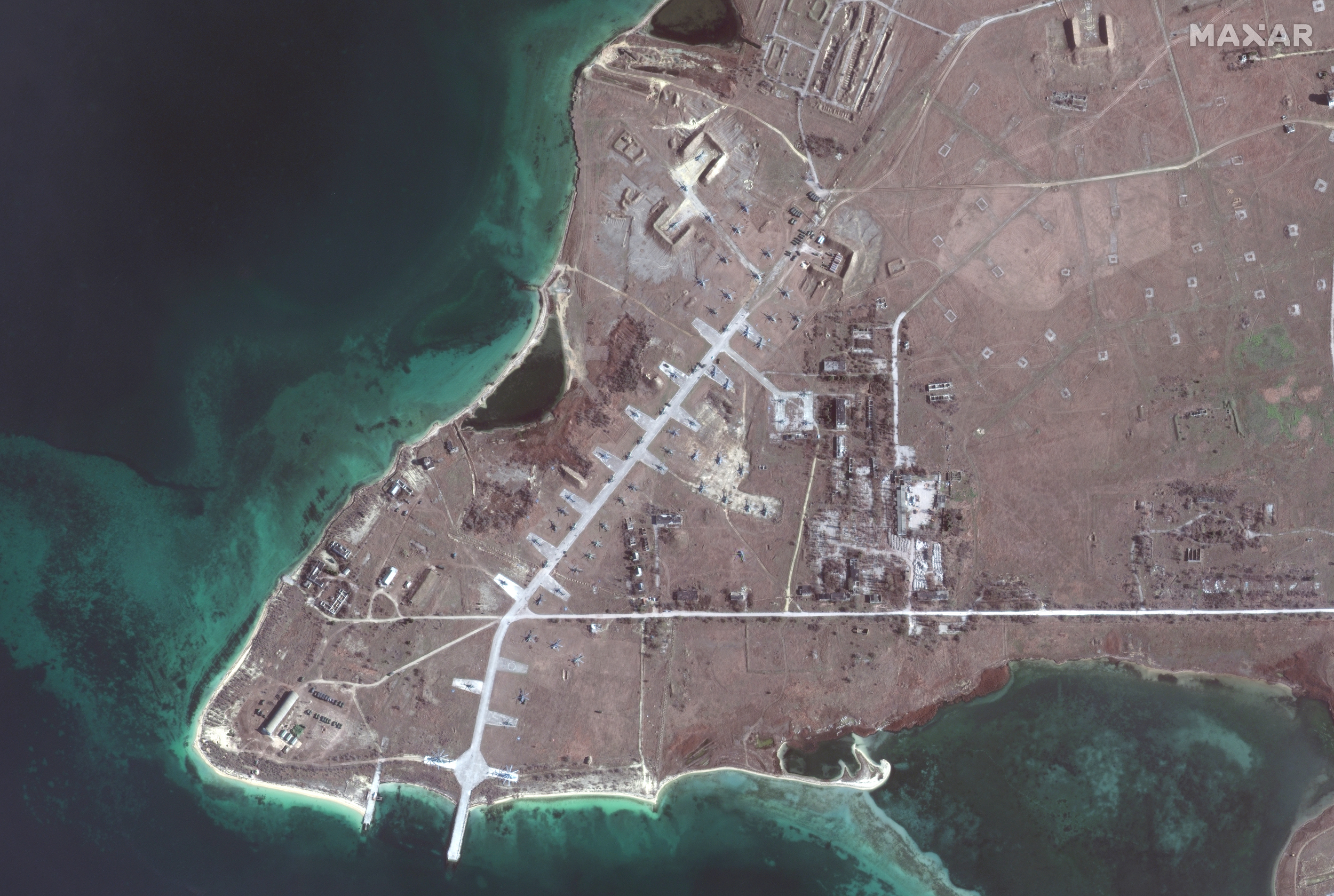
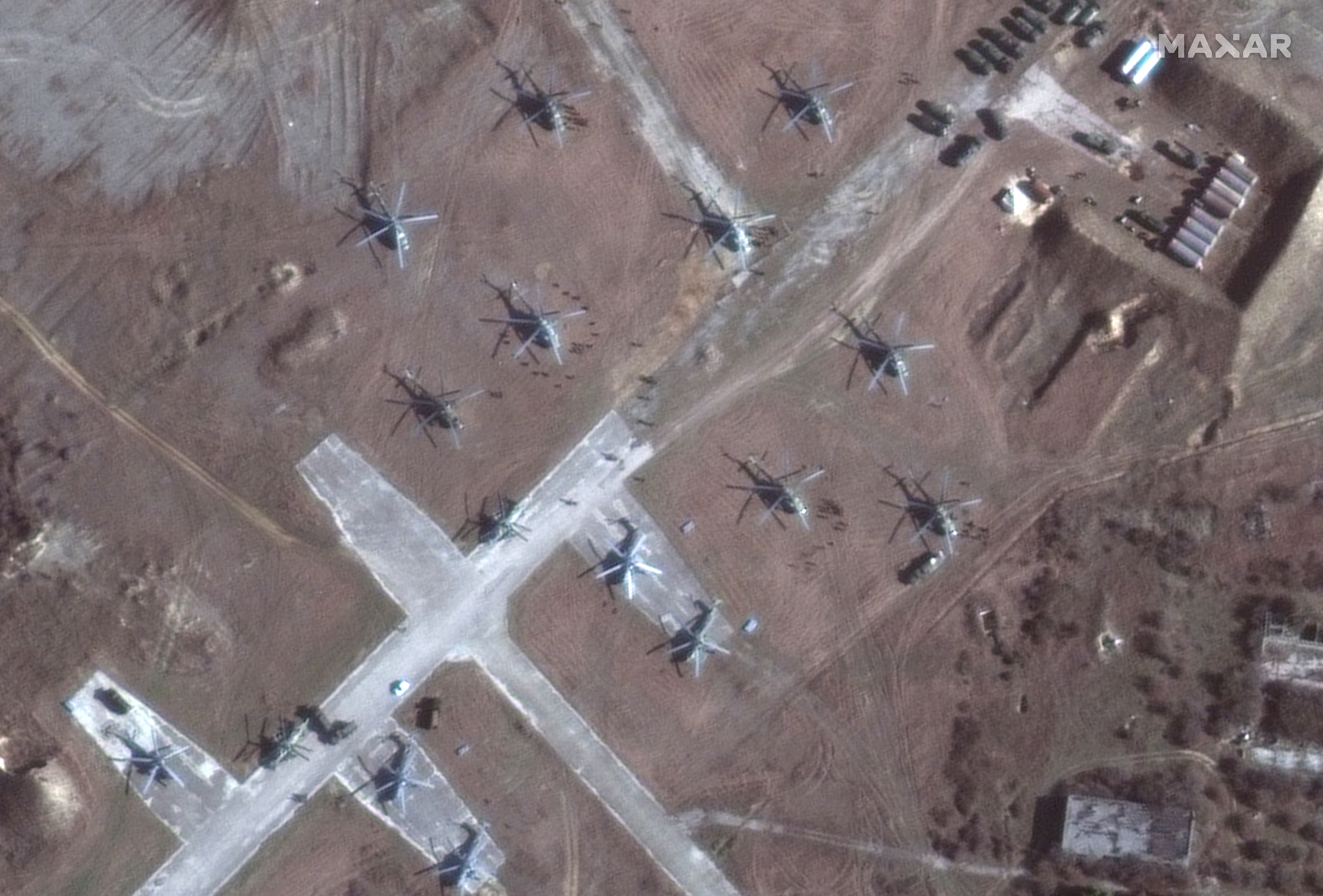
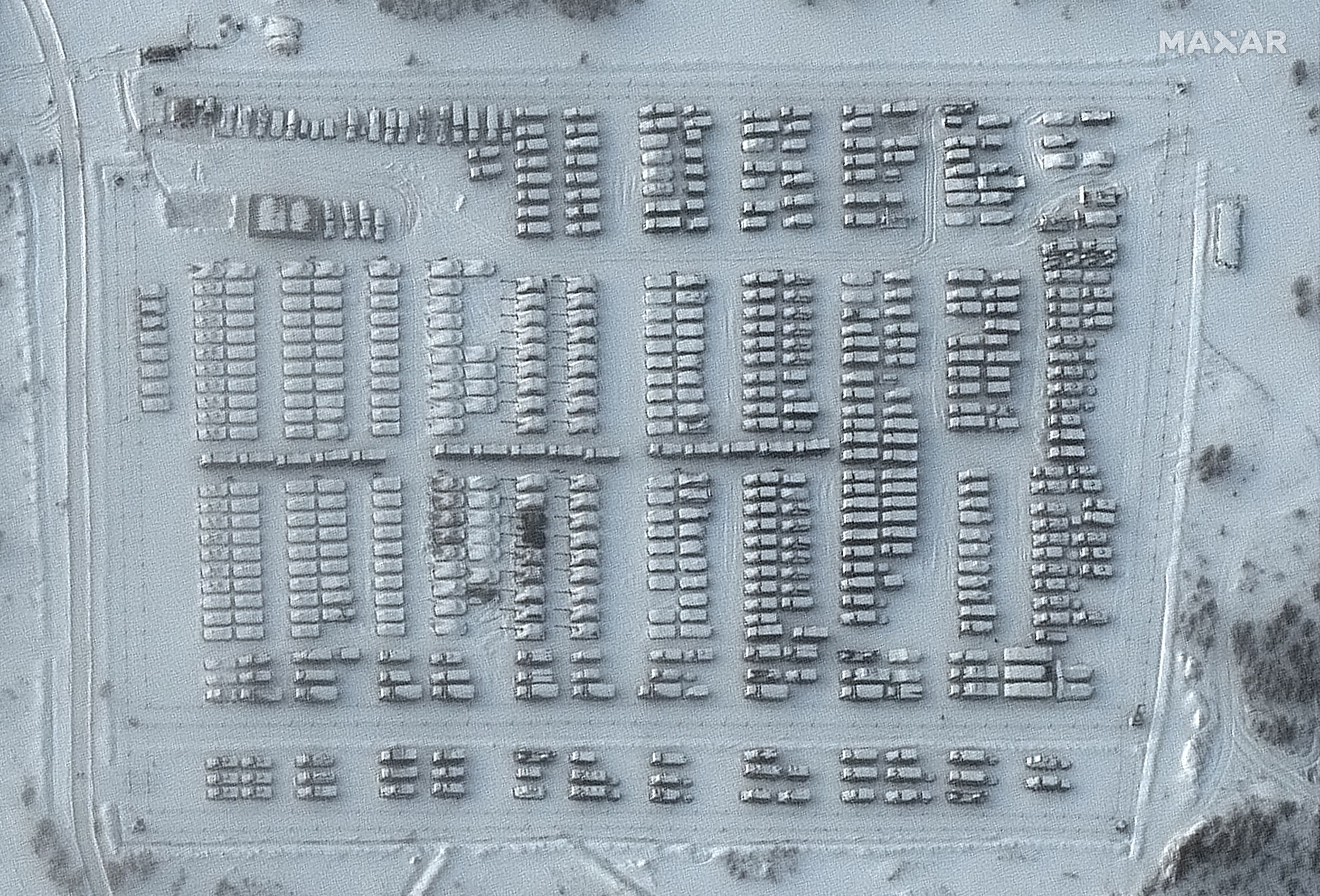
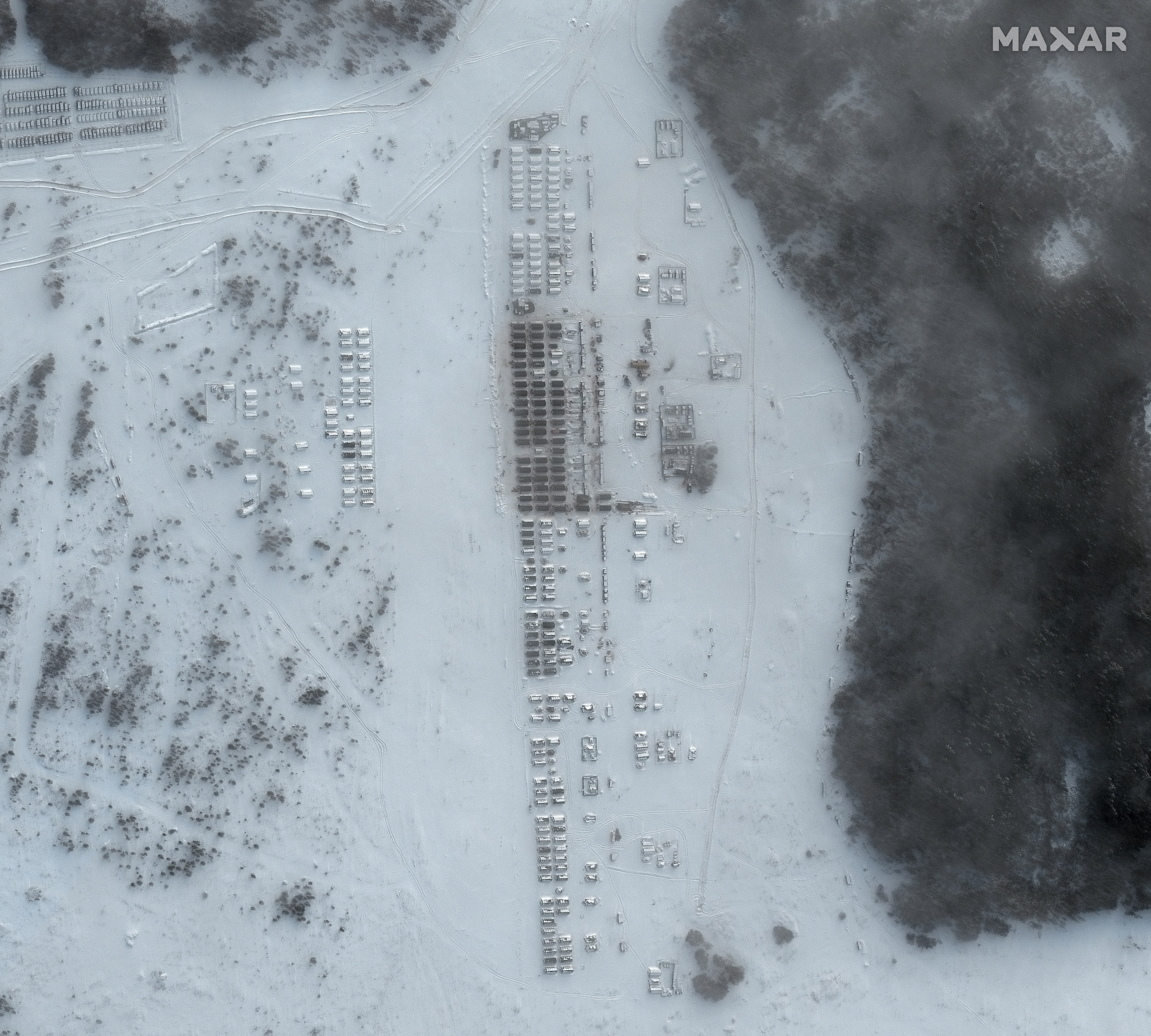
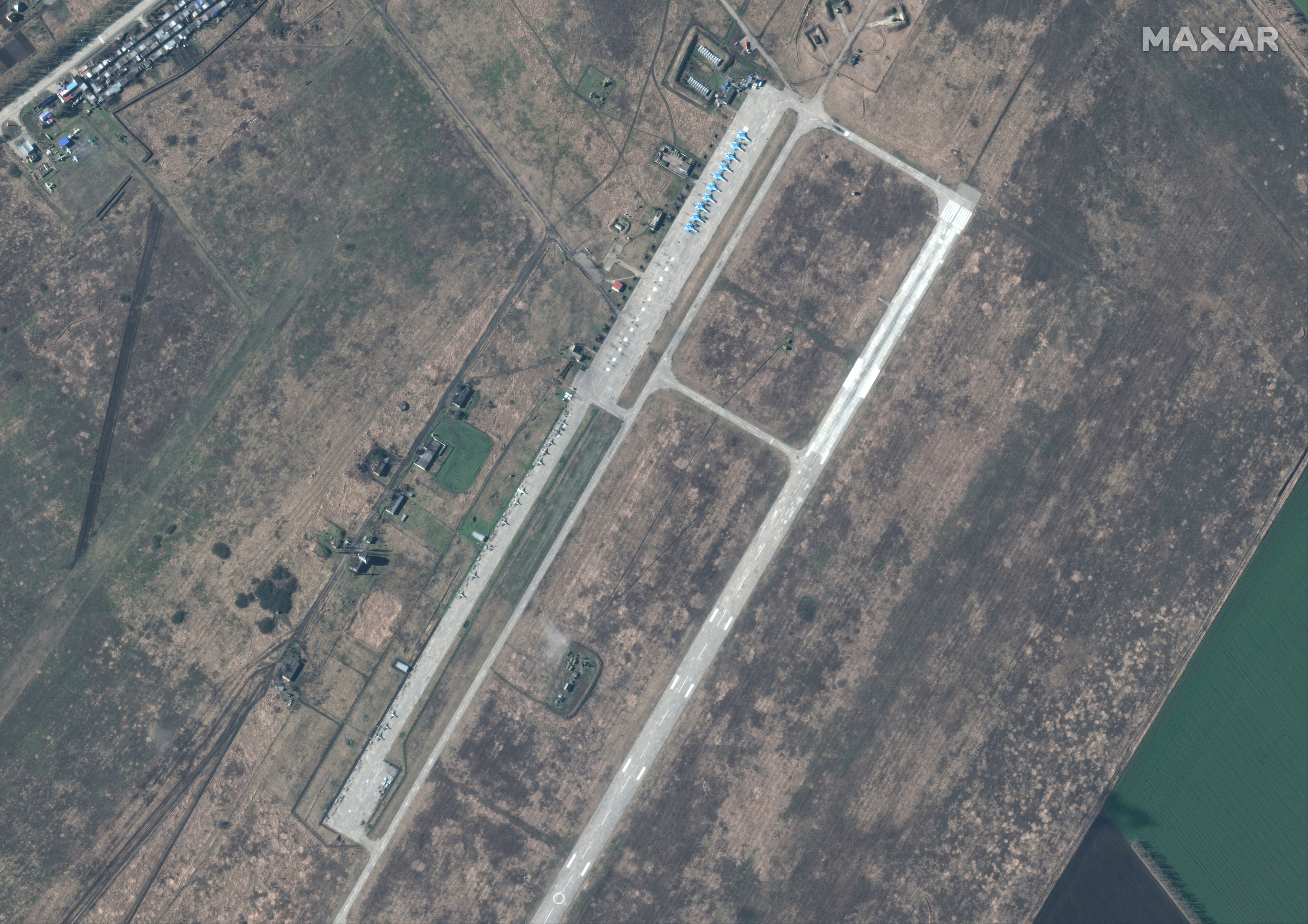
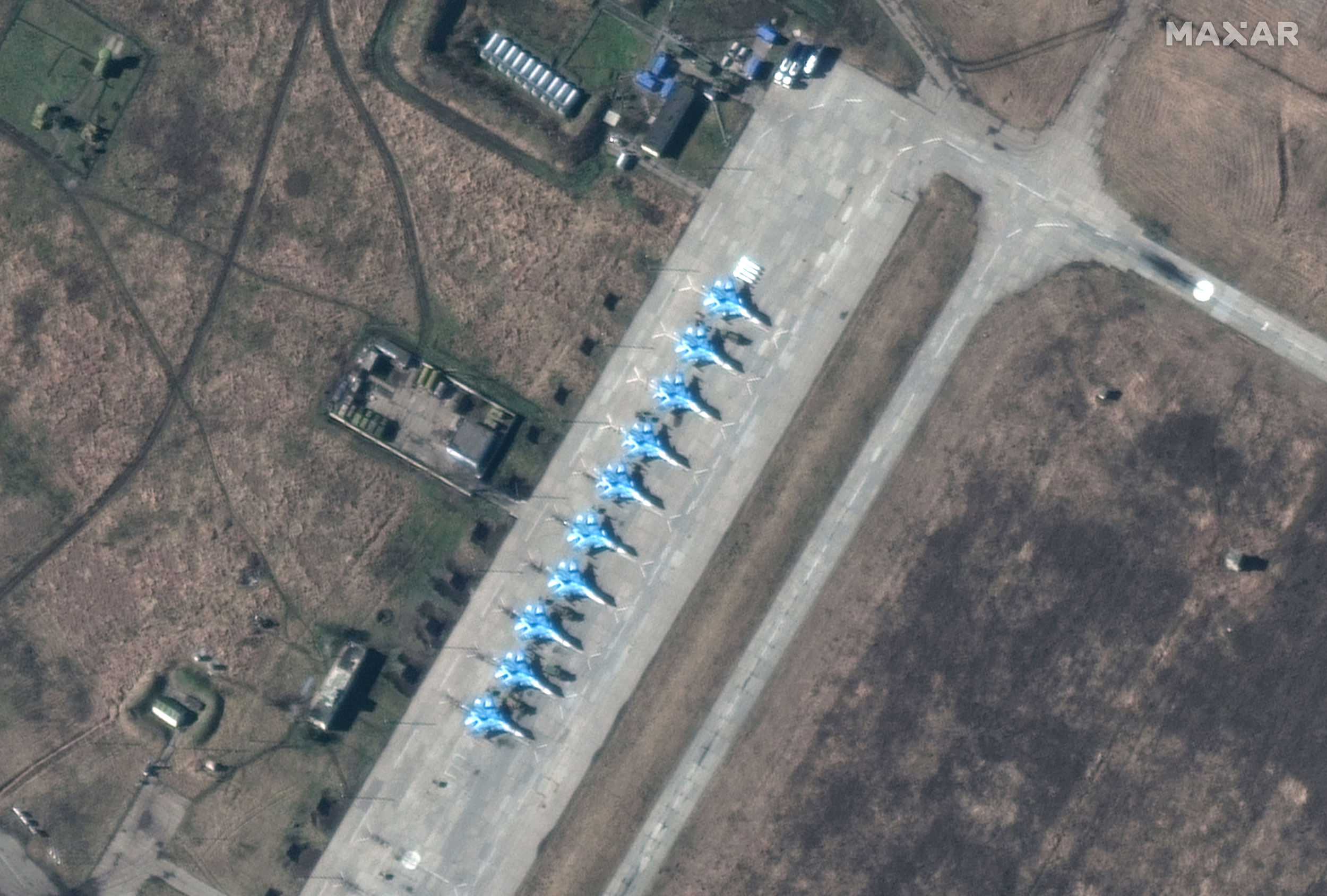
McDaniel Wicker, vice president for strategy at Babel Street, told Defense One. "Analysts using Babel Street tools have not seen any indication outside of Russian media and then Russian media derived information to substantiate Russian troop withdrawals."
Lauren Speranza, director of the Transatlantic Defense and Security program at the Center for European Policy Analysis, said, “The satellite images indicate Russia is putting in place the final pieces they would want to have there to support an invasion. So we need to verify the facts on the ground before taking the Kremlin at its word.”
Speranza said Russia made similar claims of withdrawal and de-escalation last spring after a military buildup. “In practice, it only withdrew some elements, while keeping others in place or nearby. Putin could be strategically positioning to allow another short-notice build-up or incursion a few months down the line.”
The 2014 Russian attack on Ukraine occurred alongside cyber attacks aimed at civilian targets. On Tuesday, two Ukrainian banks and Ukrainian defense websites were hit with denial of service attacks. The Ukrainian Centre for Strategic Communications and Information Security did not formally attribute the denial of service attacks to Russia but the center hinted in that direction, saying in a statement: "It is not ruled out that the aggressor used tactics of little dirty tricks because its aggressive plans are not working out on a large scale.”
Also on Tuesday, Russia’s Duma voted to recognize two areas in Ukraine currently occupied by Russian forces, the Donetsk People’s Republic, or DNR, and the Luhansk People's Republic, or LPR, as independent from Ukraine. The provision passed by a wide-enough margin that it goes directly to President Vladimir Putin to consider. If Putin approve the measure, he would essentially collapse the premise of the Minsk ceasefire agreement between Ukraine and Russia.
The Duma’s action follows months of increasing tensions between DNR and LPR and the government of Ukraine. A Babel Street analysis of social media relating to Eastern Ukraine found that beginning on January 23, pro-Russian forces began a “concerted social media push…to spread accusations of Ukrainian aggression and human rights violations, provide justification for a Russian invasion of Ukraine.”
NEXT STORY: WEST 2022 Conference Wire: In-Person & Uncertain




